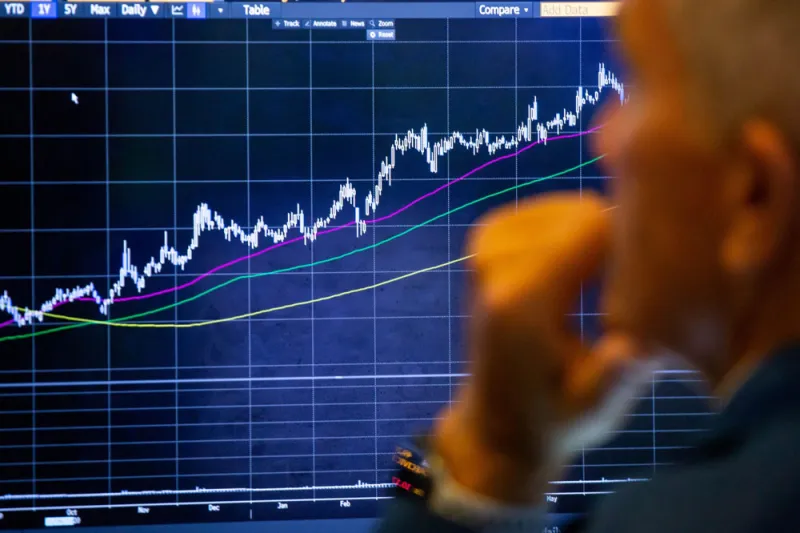Liquid alternative funds promised hedge fund and other asset managers the opportunity to tap into the growing individual investor market. But once these historically institutional hedge fund strategies were packaged for individuals, they underperformed substantially over the last decade.
According to an analysis of data from Morningstar, Wilshire Associates, and HFR, Dynamic Beta argues, among other things, that the underperformance contributed to allocators chasing ‘hot dot’ products because they picked the few funds that had delivered actual hedge fund-like performance — even if that performance was the result of merely luck and not skill.
Asset managers, for their part, contributed to this by launching scores of liquid alt products, folding the ones that didn’t work, and aggressively promoting the best short-term performers. Morningstar reported that the 20 largest liquid alternative managers offer an average of 40 products.
Dynamic Beta, which offers its own liquid alts funds, also contends that advisors should use historical data from traditional hedge fund indices to assess the impact of these products on client portfolios. The challenge, however, is to find products that can consistently perform as well as actual hedge funds. In addition, advisors often take too much risk by picking a single fund to fill a strategy ‘bucket,’ which would be similar to picking one single cheap stock to fill the value allocation.
Andrew Beer, managing member of Dynamic Beta, said that these forces ultimately drove investors into large, brand-name funds whose performance wasn’t sustainable.
In an interview, he said that it’s well known to pensions, funds of funds, and other institutional investors that chasing performance doesn’t work in the hedge fund world. In fact, most big investors use five or 10 managers in every asset class to temper the risk of using a single manager, or what’s called a lack of persistence.
“When hedge funds underperform, it’s often by 20 percent, not 2 percent,” wrote Beer in the report. “The simple explanation is that the single-manager funds have a great deal of idiosyncratic risk.”
Using data from HFR, Dynamic Beta found that the spread between the top and bottom performers in any category, say macro, can be as high as 30 percent a year. In addition, the firm found that half of the funds that existed five years ago have been closed.
Still, Beer said that hedge funds provide meaningful diversification, but “single funds generally do not.” That means that investors’ portfolios have to be large enough to allocate money to multiple hedge funds in a single category that may represent only 5 or 10 percent of the total. Retail investors rarely fit that bill.
The performance of liquid alts has been dismal. Dynamic Beta cites Morningstar’s statistics that show that the products overall returned 4 percent annually over the last decade. In addition, over the five years ending May 31, the average of U.S. categories ranged from .32 percent annualized for equity market neutral to 5.6 percent for relative value arbitrage. The return on Morningstar’s U.S. target allocation with moderate risk returned 10.87 annualized over the same period.
Investors’ returns — which reflects when funds are bought and sold — were even worse. “The average dollar invested in these funds lost about 0.3% annually over the 10 years ended December 31, 2020, which was more than 4 percentage points lower per year than the funds’ total returns, and a remarkable 12 percentage points per year less than the dollar-weighted returns for investors in U.S. stock funds,” wrote Morningstar in late August.
During the more recent volatile period that included the pandemic, liquid alts did better. The Credit Suisse Liquid Alternatives index was up 6.2 percent for the first half of 2021, about half the 15.2 percent rise in the Standard & Poor’s 500.
“The liquid alts space has been a hotbed of performance chasing that, per Morningstar’s data, cost investors up to $100 billion over the past decade,” said Beer.







